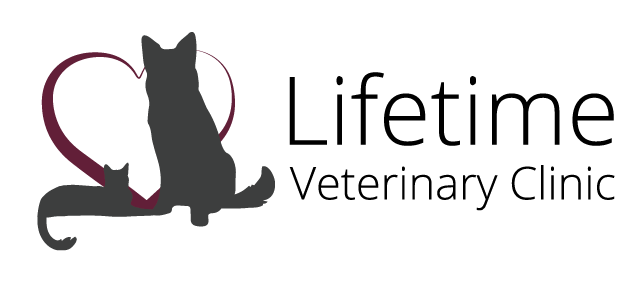Library
-
This handout discusses the pros and cons of feeding a raw food diet to your dog. Topics included are nutritional imbalances, potential bacterial contamination, the risk of foodborne illnesses involving both you and your pet, and other concerns that may arise from feeding a raw food diet.
-
There are many environmentally friendly ways that owners can care for their pets. Waste disposal can involve biodegradable or compostable bags or careful composting. Cat litter can be transitioned to recycled newspaper or sawdust pellets. Any toys, beds, houses and other accessories can be biodegradable and/or recycled such as cotton or rubber. Cats should be kept indoors to reduce their impact on the ecology of their surrounding environment. A nutritionally adequate diet composed of organic food can be provided.
-
Alternative diets cover a range of options that target specific feline nutritional needs. While some alternative diet options include certain ingredients like novel protein sources, others exclude certain ingredients like grains. Determining which diet is best for your cat should include a discussion with your veterinarian, as there is no documented data that alternative diets are any healthier for the average cat compared to conventional diets.
-
Alternative diets cover a range of options that target specific canine nutritional needs. While some alternative diet options include certain ingredients like novel protein sources, others exclude certain ingredients like grains. Determining which diet is best for your dog should include a discussion with your veterinarian, as there is no documented data that alternative diets are any better for the average dog compared to conventional diets.
-
A cat that does not want to eat, or is not eating, is a cat with a potentially life-threatening medical condition. Many conditions can lead to the inability of your cat to eat or lose her appetite completely. It is important to find the underlying cause so that an appropriate treatment plan can be created. Appetite stimulants may be prescribed, and in some cases, a feeding tube may be placed by your veterinarian. Decreased food intake or any change in eating habits warrants investigation by your veterinarian.
-
A dog that does not want to eat, or is not eating, is a dog with a potentially life-threatening medical condition. Many conditions can lead to the inability of your dog to eat or lose his appetite completely. It is important to find the underlying cause so that an appropriate treatment plan can be created. Appetite stimulants may be prescribed, and in some cases, a feeding tube may be placed by your veterinarian. Decreased food intake or any change in eating habits warrants investigation by your veterinarian.
-
Approximately 20% of cats across all ages suffer from painful osteoarthritis in one or more joints, and 90% of cats over 12 years of age show evidence of arthritis on radiographs. Because cats are living longer, every cat owner will face the issue of osteoarthritis at some point. This handout discusses the use of nutrition and nutritional supplements to aid in the management of your cat's osteoarthritis. Weight loss, omega fatty acids, and various chondroprotective supplements are discussed.
-
Up to twenty-five of dogs have osteoarthritis. Diet can make a huge impact on the quality of life for dogs with osteoarthritis. Normalizing your pet’s body condition by helping your dog burn fat and preserve or build muscle is an important step in helping improve your pet’s quality of life. Your veterinarian can help you choose the correct nutrient profile for your dog.
-
Feeding raw food to cats is potentially dangerous to both your cat and to you, according to the Centers for Disease Control and Prevention (CDC), the Center for Veterinary Medicine (CVM), and the US Food and Drug Administration (FDA. With nearly 25% of the raw food samples testing positive for harmful bacteria, the health risks for cats who eat the raw food, as well as for the cat owners who handle the food while preparing it, are real. It is reasonable to conclude that a commercially prepared, conventional, complete and life-stage balanced ration is a better choice.
-
Breed-specific diets are a category of commercial pet feeds available for dogs and cats that are formulated to accommodate various breed predispositions. This article provides a concept overview of these diets, including what they are and what benefits they may serve. Specific examples are reviewed in brief to illustrate case scenarios for common canine and feline breeds.

